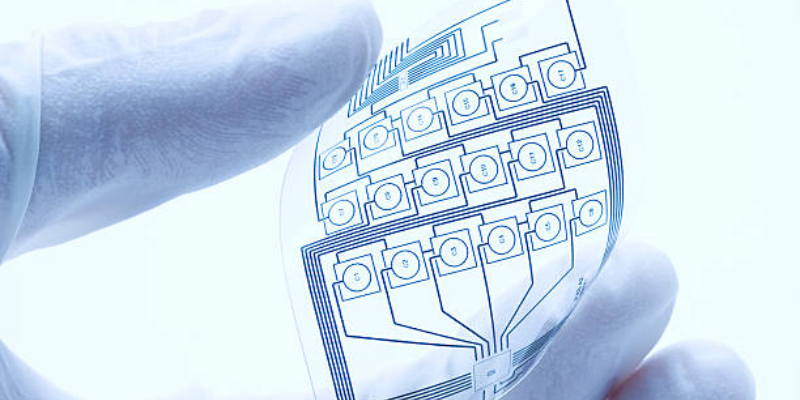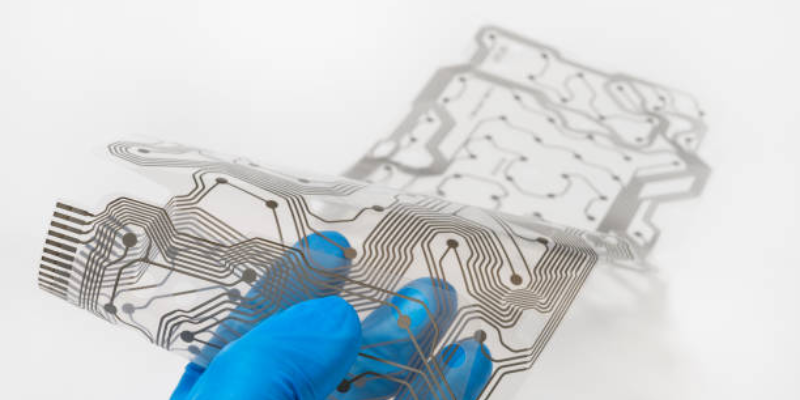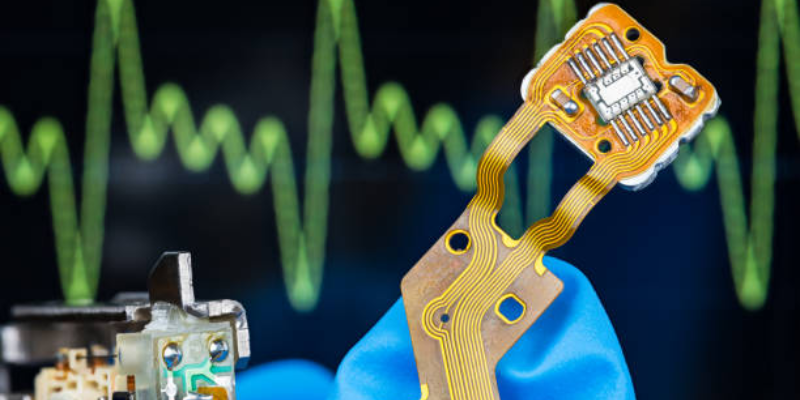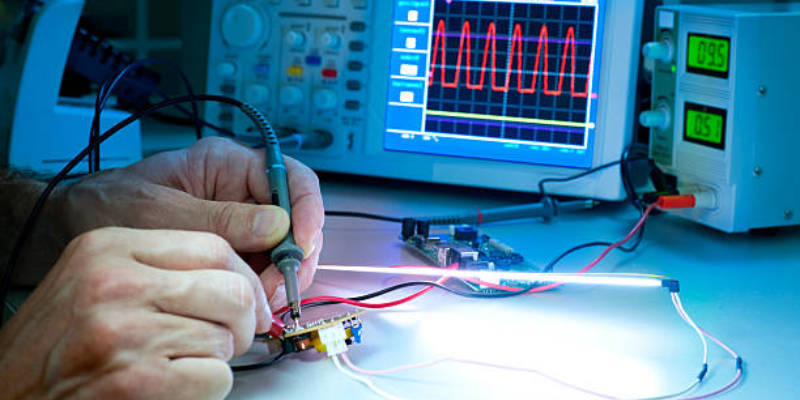The Rise of Flexible Electronics: What You Need to Know
Author: Mike Fakunle
Flexible electronics are changing the way we use technology. They are thin, bendable, and can be used in many ways. From phones to health tools, these electronics are making life easier and more fun. In this article, I will explain what flexible electronics are, how they work, and why they are important.
What Are Flexible Electronics?
Flexible electronics are devices made from materials that can bend, stretch, or fold. Unlike regular electronics, which are hard and rigid, these devices are soft and can fit into small or curved spaces. They are made using special materials like plastic, metal foil, or even paper. These materials allow the electronics to move without breaking.
Flexible electronics are used in many things we see every day. For example, some phones have screens that can fold. Some watches can track your health because they have flexible sensors. Even some medical tools use flexible electronics to help doctors check your body without surgery.

How Flexible Electronics Work
Flexible electronics work by using special materials and designs. Here are some key parts that make them work:
Flexible Substrates: These are the base materials that hold the electronics. They are made from things like plastic or thin metal. These materials can bend without breaking.
Conductive Inks: These are special inks that can carry electricity. They are printed onto the flexible substrates to create circuits.
Thin-Film Transistors: These are tiny switches that control the flow of electricity. They are made very thin so they can bend with the substrate.
These parts work together to make devices that are light, strong, and easy to carry.
Why Flexible Electronics Are Important
Flexible electronics are important because they solve many problems. Here are some reasons why they are useful:
They Save Space: Flexible electronics can be rolled up or folded. This makes them easy to carry and store. For example, a foldable phone can fit in your pocket but still has a big screen.
They Are Lightweight: Because they are made from thin materials, flexible electronics are very light. This makes them easy to wear or carry.
They Are Durable: Flexible electronics can bend and stretch without breaking. This makes them last longer than regular electronics.
Applications of Flexible Electronics
Flexible electronics are used in many fields. Here are some examples:
1. Consumer Electronics
Flexible electronics are used in phones, watches, and TVs. For example, some phones have screens that can fold in half. These screens are made using flexible OLED technology. Companies like Samsung and LG are leading the way in this area.
2. Healthcare
In healthcare, flexible electronics are used to make devices that can monitor your health. For example, there are patches that can check your heart rate and blood pressure. These patches stick to your skin and send information to your phone. This helps doctors keep track of your health without needing to see you in person.
3. Automotive
Cars are also using flexible electronics. For example, some cars have flexible screens on the dashboard. These screens can show maps, music, and other information. Flexible sensors are also used to make cars safer. They can detect when something is wrong and warn the driver.
4. Energy
Flexible solar panels are another example of flexible electronics. These panels can be rolled up and carried easily. They are used to power things like phones, lights, and even cars. This makes them a great way to use clean energy.
Challenges in Flexible Electronics
Even though flexible electronics are amazing, there are still some challenges. Here are a few:
Cost: Making flexible electronics can be expensive. The materials and machines needed are not cheap. This makes the final products cost more than regular electronics.
Durability: While flexible electronics can bend, they can still wear out over time. Repeated bending can cause them to break.
Manufacturing: Making flexible electronics is not easy. It requires special machines and skilled workers. This makes it hard to produce them in large amounts.

The Future of Flexible Electronics
The future of flexible electronics looks bright. Here are some things we can expect:
Better Materials: Scientists are working on new materials that are even more flexible and durable. These materials will make electronics last longer and work better.
More Applications: As technology improves, we will see flexible electronics in more places. For example, they could be used in clothes that can charge your phone or in windows that can change color.
Lower Costs: As more companies start making flexible electronics, the cost will go down. This will make them more affordable for everyone.
How Flexible Electronics Are Made
Making flexible electronics involves several steps. Here is a simple breakdown:
Design: Engineers create a plan for the device. They decide what materials to use and how the parts will fit together.
Printing: Conductive inks are printed onto the flexible substrate. This creates the circuits that carry electricity.
Assembly: The different parts, like sensors and batteries, are added to the substrate.
Testing: The device is tested to make sure it works properly. It is bent and stretched to see if it can handle real-world use.
Why You Should Care About Flexible Electronics
Flexible electronics are not just for scientists and engineers. They are for everyone. Here are some reasons why you should care:
They Make Life Easier: Flexible electronics can do things that regular electronics cannot. For example, a foldable phone is easier to carry than a tablet.
They Are Fun: Flexible electronics can make games and movies more exciting. For example, a curved screen can make you feel like you are inside the movie.
They Help the Planet: Flexible solar panels can help us use less fossil fuel. This is good for the environment.
Getting Involved in Flexible Electronics
If you are interested in flexible electronics, there are many ways to get involved. Here are some ideas:
Learn More: You can read books or watch videos about flexible electronics. This will help you understand how they work.
Study Science: If you are in school, take classes in science and math. These subjects will help you learn the skills needed to work with flexible electronics.
Join a Club: Some schools and communities have clubs where you can learn about technology. This is a great way to meet people who share your interests.
Flexible electronics are changing the world. They are making technology better, easier, and more fun. By learning about them, you can be part of this exciting change.

The Impact of Flexible Electronics on Everyday Life
Flexible electronics are not just for big companies or scientists. They are already part of our daily lives. Here are some ways they are making a difference:
Health Monitoring: Wearable devices like smartwatches use flexible sensors to track your heart rate, steps, and sleep. This helps you stay healthy.
Entertainment: Flexible screens are used in TVs and phones to make pictures look better. They can also be bent to fit different shapes.
Communication: Foldable phones make it easier to carry a big screen in your pocket. This helps you stay connected with friends and family.
Flexible electronics are here to stay. They are making our lives better in many ways. By understanding them, you can see how technology is shaping the future.



